The digital inventory is based on the development of capacities to facilitate the digitalization of the ecomuseum´s collections using cell phones and other low-cost technologies, maintaining criterious schemes for managing the digitalization and for the online diffusion of collections.The definition of criteria to categorize collections is based on key aspects of local heritage, and the new technologies have been opening convenient possibilities for the digitalization and diffusion of collections maintaining high standards of quality.
In the last decades, the presence of museums in the digital world was limited to institutions with availability of huge financial and technical resources. The equipments necessary to digitalize collections used to be expensive, as there was a need of establishing and maintaining high standard tools and laboratories. Nowadays, the propagation of smartphones is facilitating this process, as the personal devices have high quality cameras sufficient to capture good images for digitalizing collections.
It is necessary to define criteria and maintain certain standards in the digitalization process, aiming to have the proper flow for democratizing collections. In this sense, the digital inventory is a proper tool for the ecomuseums, considering each context and availability of resources. A well-defined workflow, with proper criteria, can contribute to more democratic ecomuseums with open access collections.
The Portable Museum Project – Pocket Edition is developed under a partnership between the Goethe-Institut São Paulo, Instituto Moreira Salles and Wiki Moviment Brazil.This project resulted in the development of the Portable Museum Manual, a tool used as a reference for digitalization in Brazilian institutions. This initiative can be replied in other institutions, and the reference used by ecomuseums can also be based on methodologies developed by institutions working with culture heritage inventories, such as the the Brazilian Institute of Museums (IBRAM) and the Brazilian National Institute of Cultural Heritage (IPHAN).
Nunzia Borrelli, Barbara Kazior, Marcelo Murta, Óscar Navajas, Nathalia Pamio, Manuel Parodi-Álvarez, Raul dal Santo, Julio Seoane

This project has been funded with support from the European Commission. The content of this website reflects the views only of the author, and the Commission cannot be held responsible for any use which may be made of the information contained therein.
Except where otherwise noted, content on this site is licensed under a Creative Commons Attribution 4.0 International license.